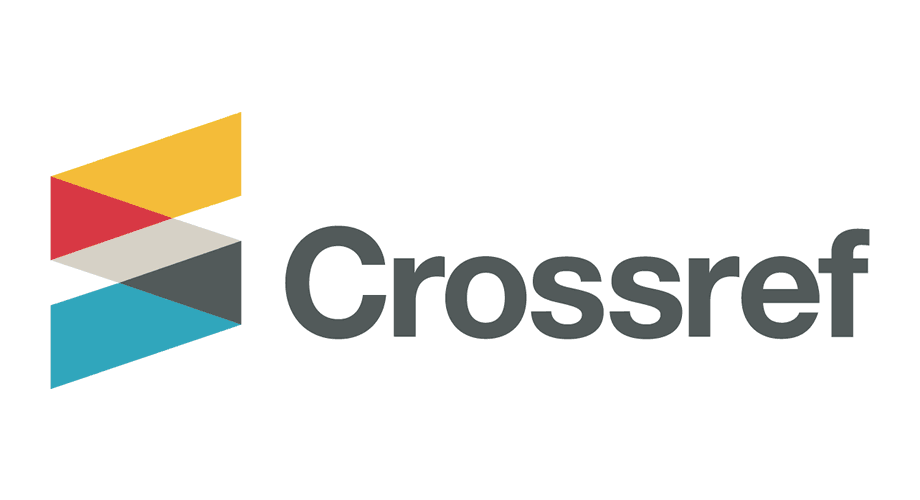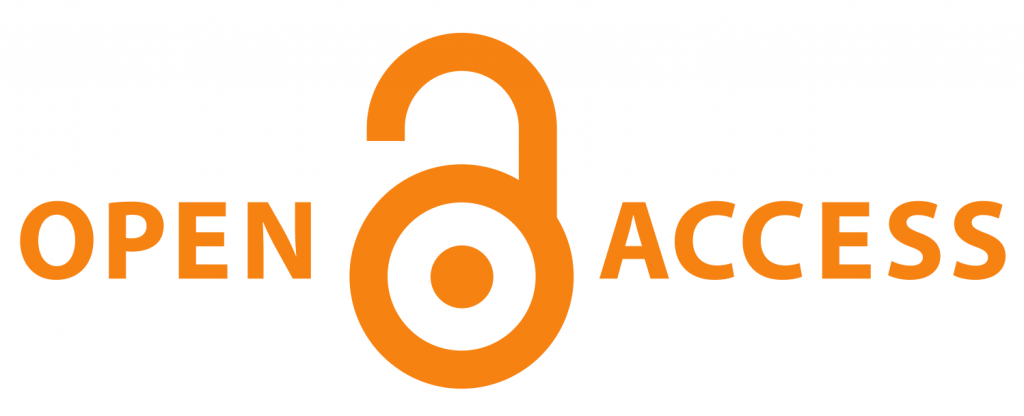Understanding Dyslipidemia as a disease of Rasavaha Srotas
DOI:
https://doi.org/10.21760/jaims.10.8.19Keywords:
Rasavaha Srotas, Dyslipidemia, Agnidushti, Āma, Doṣa, SrotodushtiAbstract
Background: Dyslipidaemia, a metabolic disorder characterized by abnormal lipid profiles, is a key risk factor for cardiovascular diseases. In Āyurveda, such metabolic imbalances are primarily associated with the Rasavaha Srotas, the bodily channel system responsible for the transportation and transformation of Rasa Dhātu. This concept offers a unique pathophysiological insight linking lipid disorders with Doṣa-Duṣṭi and Srotodushti. Aim: To explore dyslipidemia through the lens of Rasavaha Srotas dysfunction and establish a conceptual correlation between modern lipid disorders and Āyurvedic pathophysiology. Materials and Methods: A comprehensive review of classical Āyurvedic texts was undertaken to analyze the concept of Rasavaha Srotas, its physiological role, and pathological manifestations. Parallel review of contemporary scientific literature on dyslipidemia was performed to identify shared pathophysiological grounds. Comparative evaluation was done to correlate Doṣic involvement, Āma formation, and Srotorodha with lipid metabolism abnormalities. Observations and Results: Dyslipidemia shares clinical resemblance with conditions involving Kapha and Medo Doṣa aggravation, Āma production, and Srotorodha in the Rasavaha and Medovaha Srotas. Improper Agnibala, especially of Rasāgni and Medodhatvāgni, leads to impaired transformation and assimilation of Rasa Dhātu, culminating in lipid imbalance. Repeated episodes of faulty Ahāra, Vihāra, and sedentary lifestyle contribute to Rasavaha Srotodushti, which parallels the etiology and pathology of dyslipidaemia in biomedicine. Discussion: Understanding dyslipidemia as a disease of Rasavaha Srotas provides a holistic model emphasizing early intervention through Dīpanīya, Pācana, Āmapācana, and Srotoshodhana therapies. Preventive approaches based on Ahāra-Vihāra regulation, Ritu-anukula Carya, and Dinacarya offer sustainable solutions for dyslipidemia management, bridging traditional wisdom with modern therapeutic goals. Conclusion: Dyslipidemia can be understood as a manifestation of Rasavaha Srotodushti due to Doṣa imbalance, impaired Agnibala, and lifestyle errors. Integrative understanding of this metabolic condition through Āyurvedic principles enhances diagnostic and therapeutic strategies for sustainable health care delivery.
Downloads
References
Sharma PV. Charaka Samhita: Sutra Sthana. Reprint ed. Varanasi: Chaukhamba Orientalia; 2014. Chaukhamba Orientalia, K.37/109, Gopal Mandir Lane, Varanasi - 221001, Uttar Pradesh, India.
World Health Organization. Global Health Estimates: 2023 Report. Geneva: WHO Press; 2023. WHO Headquarters, Avenue Appia 20, 1211 Geneva, Switzerland.
Sharma PV. Charaka Samhita: Vimāna Sthana. Varanasi: Chaukhamba Orientalia; 2014. Chaukhamba Orientalia, K.37/109, Gopal Mandir Lane, Varanasi - 221001, Uttar Pradesh, India.
Sharma PV. Charaka Samhita: Cikitsā Sthana. Varanasi: Chaukhamba Orientalia; 2014. Chaukhamba Orientalia, K.37/109, Gopal Mandir Lane, Varanasi - 221001, Uttar Pradesh, India.
Sharma PV. Ashtanga Hridaya: Sutra Sthana. Reprint ed. Varanasi: Chaukhamba Orientalia; 2016. Chaukhamba Orientalia, K.37/109, Gopal Mandir Lane, Varanasi - 221001, Uttar Pradesh, India.
Singhal GD, Tripathi SN. Madhava Nidana with Madhukosha Commentary. Varanasi: Chaukhamba Sanskrit Pratishthan; 2006. Chaukhamba Sanskrit Pratishthan, K.37/114, Gopal Mandir Lane, Varanasi - 221001, Uttar Pradesh, India.
Sharma PV. Sushruta Samhita: Sharira Sthana. Varanasi: Chaukhamba Visvabharati; 2010. Chaukhamba Visvabharati, K.37/113, Gopal Mandir Lane, Varanasi - 221001, Uttar Pradesh, India.
Bhavamishra. Bhavaprakasha Nighantu: Madhura Varga. Reprint ed. Varanasi: Chaukhamba Bharati Academy; 2009. Chaukhamba Bharati Academy, K.37/116, Gopal Mandir Lane, Varanasi - 221001, Uttar Pradesh, India.
Sharma PV. Dravyaguna Vijnana. Vol. 2. Varanasi: Chaukhamba Bharati Academy; 2005. Chaukhamba Bharati Academy, K.37/116, Gopal Mandir Lane, Varanasi - 221001, Uttar Pradesh, India.
National Cholesterol Education Program (NCEP). Third Report of the Expert Panel on Detection, Evaluation, and Treatment of High Blood Cholesterol in Adults (Adult Treatment Panel III). NIH Publication No. 02-5215. Bethesda (MD): National Institutes of Health; 2002. 9000 Rockville Pike, Bethesda, Maryland 20892, USA.
Davidson MH, Toth PP. Lipid disorders. In: Kasper DL, Fauci AS, Hauser SL, editors. Harrison's Principles of Internal Medicine. 20th ed. New York: McGraw Hill; 2018. p. 2345–56. McGraw Hill Education, 2 Penn Plaza, New York, NY 10121, USA.
Goldberg IJ. Clinical review: Diabetic dyslipidemia: causes and consequences. J Clin Endocrinol Metab. 2001;86(3):965–71. Endocrine Society, 2055 L Street NW, Suite 600, Washington, DC 20036, USA.
Austin MA, Hokanson JE, Edwards KL. Hypertriglyceridemia as a cardiovascular risk factor. Am J Cardiol. 1998;81(4A):7B–12B. Elsevier Inc., 360 Park Avenue South, New York, NY 10010, USA.
Libby P. Inflammation in atherosclerosis. Nature. 2002;420(6917):868–74. Nature Publishing Group, The Campus, 4 Crinan Street, London, N1 9XW, United Kingdom.
Mannu GS, Zaman MJ, Gupta A, Rehman HU. Evidence of lifestyle modification in the management of dyslipidemia. Curr Cardiol Rev. 2013;9(4):260–71. Bentham Science Publishers, Executive Suite Y-2, PO Box 7917, Saif Zone, Sharjah, UAE.
American Heart Association. Understanding Cholesterol. Dallas (TX): American Heart Association; 2020. 7272 Greenville Avenue, Dallas, Texas 75231, USA.
Grundy SM, Stone NJ, Bailey AL, et al. 2018 AHA/ACC Guidelines on the management of blood cholesterol. J Am Coll Cardiol. 2019;73(24):e285–e350. Elsevier Inc., 360 Park Avenue South, New York, NY 10010, USA.
ICMR-INDIAB Study. Prevalence of dyslipidemia in urban India. Indian J Med Res. 2014;140(3):339–45. Indian Council of Medical Research, Ansari Nagar, New Delhi - 110029, India.
Patwardhan K, Vaidya AD. Ayurvediya Trisutra: Relevance of dosha, dhatu, and mala in health and disease. J Ayurveda Integr Med. 2010;1(3):123–30. Elsevier Health Sciences, 360 Park Avenue South, New York, NY 10010, USA.
Tiwari P. Concept of Agnimandya in metabolic disorders. AYU. 2011;32(1):1–4. Institute for Post Graduate Teaching and Research in Ayurveda, Gujarat Ayurved University, Jamnagar - 361008, Gujarat, India.
Dwivedi V. Medoroga and lipid disorders: An Ayurvedic insight. J Ayurveda Integr Med. 2010;1(4):241–7. Elsevier Health Sciences, 360 Park Avenue South, New York, NY 10010, USA.
Gupta AK, Mahapatra SC. Sthaulya and its clinical implications. AYU. 2012;33(2):167–71. Institute for Post Graduate Teaching and Research in Ayurveda, Gujarat Ayurved University, Jamnagar - 361008, Gujarat, India.
Kumar A. Ayurvedic management of Rasavaha Srotodushti: A clinical review. J Res Ayur Sidd. 2020;41(2):45–52. Central Council for Research in Ayurvedic Sciences (CCRAS), 61-65 Institutional Area, Opp. D Block, Janakpuri, New Delhi - 110058, India.















